Why Does Concrete Have Lines?
Important Point
Concrete is a ubiquitous material in modern construction. It is used for a wide range of applications, including building foundations, bridges, dams, and roads.
One characteristic of concrete that is often noticed is the presence of lines or patterns on its surface.
These lines are known as joints, and they serve several important functions.
In this article, we will explore the reasons why concrete has lines, how joints are created, and the different types of joints that are used in construction.
Also, Read: How to Calculate the Load on a Beam
Creating Joints in Concrete
There are several methods for creating joints in concrete. One of the most common is saw cutting, which involves using a specialized saw to cut a groove into the concrete surface.
The groove is typically between 1/4 inch and 1 inch deep, depending on the thickness of the concrete and the expected amount of expansion and contraction.
Another method for creating joints is through the use of preformed joint fillers.
These are strips of material that are placed in the concrete before it sets.
As the concrete expands and contracts, the joint filler compresses and expands with it, preventing cracking and warping.
- Concrete Wall Finishes
- Concrete Finish Types
- Top 5 Tiles Company in India
- 4 Floor Building Construction Cost
- How to Get a House for Free
- Top 5 Cement in India
- How to Calculate Quantity of Stee
- Building Construction Process from Start to Finish PDF
- What Is Hempcrete Used For
- Dry Pack Mortar
- Floating Slab Foundation
- What Is Plaster Made Of
Types of Joints in Concrete
There are several types of joints that are used in concrete construction. The most common types include:
- Control Joints: These are joints that are intentionally created to control cracking. They are typically straight lines that run perpendicular to the direction of expected movement in the concrete. Control joints are typically spaced at regular intervals, and their spacing is determined by factors such as the thickness of the concrete and the expected amount of movement.
- Expansion Joints: These are joints that allow for the expansion and contraction of the concrete due to changes in temperature and humidity. They are typically wider than control joints and are often filled with a flexible material such as rubber or neoprene.
- Construction Joints: These are joints that occur where one concrete pour meets another. They are typically located at the end of a day’s work or when work is interrupted for any reason. Construction joints are typically reinforced with steel dowels or other materials to ensure structural integrity.
- Isolation Joints: These are joints that are used to separate concrete from other materials, such as walls or columns. Isolation joints are typically filled with a flexible material to allow for movement between the concrete and the other material.
- Contraction Joints: These are joints that are used to control the contraction of the concrete during the curing process. They are typically created by placing strips of material on the surface of the concrete before it sets.
Also, Read: M30 Concrete Mix Ratio
Benefits of Joints in Concrete
The use of joints in concrete offers several benefits. First, it helps to ensure the structural integrity of the concrete.
By allowing the concrete to expand and contract without cracking or warping, joints help to prevent damage that could compromise the structural integrity of the concrete.
Joints also help to improve the aesthetic appeal of the concrete.
Without joints, the concrete would be more prone to cracking and warping, which could result in an uneven or unsightly appearance.
By controlling the location and direction of cracking, joints help to ensure that the surface of the concrete remains smooth and even.
Also Read: Top 10 Pvc Pipe Brands in India
Benefits of Concrete Lines
Concrete lines, or joints as they are commonly known, are an essential component of concrete construction.
Joints are intentional breaks or gaps created in the surface of concrete to allow for movement due to environmental changes, such as temperature and moisture.
These lines serve several benefits in terms of structural stability, durability, and aesthetic appeal. In this article, we will explore the benefits of concrete lines in more detail.
1. Structural Stability:
Joints are essential for maintaining the structural stability of concrete structures. Concrete is a strong material, but it has limited flexibility.
Without joints, concrete can crack or warp when exposed to changes in temperature, moisture, or loading.
These cracks can compromise the strength and stability of the structure, which can lead to collapse or failure.
Control joints are one type of joint that helps to prevent cracking and warping. They are straight lines cut into the concrete at regular intervals to control the location and direction of cracking.
By providing a controlled path for the concrete to expand and contract, control joints prevent cracking and ensure that the structure remains stable.
Expansion joints are another type of joint that helps to maintain the structural stability of concrete structures.
They are wider than control joints and are filled with a flexible material that can compress and expand as the concrete moves.
This allows the concrete to expand and contract without damaging the structure, which helps to ensure that the structure remains stable over time.
2. Durability:
Concrete lines also contribute to the durability of concrete structures. By preventing cracking and warping, joints help to prevent water infiltration and the resulting damage from freeze-thaw cycles.
When water penetrates into the concrete, it can cause the reinforcing steel to corrode, which weakens the concrete and reduces its lifespan.
Joints also help to extend the life of concrete pavements and roadways. Without joints, concrete pavements can crack and warp, which can lead to potholes and uneven surfaces.
These problems can be hazardous to drivers and can cause damage to vehicles.
By controlling cracking and warping, joints help to maintain a smooth and even surface that is safer for drivers and more durable over time.
3. Aesthetic Appeal:
Concrete lines can also contribute to the aesthetic appeal of concrete structures. Without joints, concrete can crack and warp, which can create an unsightly appearance.
By controlling the location and direction of cracking, joints help to maintain a smooth and even surface that looks more attractive.
Control joints, in particular, can be used to create decorative patterns in concrete surfaces.
By cutting the joints in a specific pattern, contractors can create geometric or curved designs that add visual interest to the surface.
4. Cost Savings:
The use of concrete lines can also result in cost savings over the long term. By preventing cracking and warping, joints reduce the need for expensive repairs and maintenance.
This can be particularly important in large-scale concrete structures, such as bridges or dams, where repairs can be complex and costly.
Joints also help to reduce the risk of liability claims. Uneven or damaged concrete surfaces can be hazardous to pedestrians or drivers and can result in lawsuits.
By maintaining a smooth and even surface through the use of joints, contractors can reduce the risk of liability claims and associated costs.
Concrete lines, or joints, are an essential component of concrete construction. They provide structural stability, durability, aesthetic appeal, and cost savings over the long term. By controlling cracking and warping, joints help to ensure that concrete structures remain strong, safe, and attractive over time.
Contractors must carefully plan and execute joint placement to ensure that they are effective and do not compromise the strength of the structure.
Also Read: Today Cement Price
Why Are There Lines in Concrete and What Is There Purpose?
There are lines in concrete, also known as joints, because concrete is a rigid material that expands and contracts due to temperature changes and moisture fluctuations.
These joints are deliberate breaks or gaps created in the surface of the concrete to accommodate this movement and prevent cracking or damage to the structure.
The purpose of these joints is to control the location and direction of the cracking, ensure the structural stability of the concrete, and increase its durability and lifespan.
There are several types of joints used in concrete construction, including control joints and expansion joints.
Control joints are straight lines cut into the concrete at regular intervals, usually with a depth of around one-quarter to one-third of the slab’s thickness.
These joints are placed to control the location and direction of cracking in the concrete, allowing it to expand and contract without causing damage. Control joints are typically installed in a grid pattern, dividing the slab into smaller, manageable sections.
Expansion joints, on the other hand, are used to accommodate the natural movement of the concrete caused by temperature changes and moisture fluctuations.
These joints are wider than control joints and are filled with a compressible material, such as cork or foam, that can expand and contract with the concrete.
Expansion joints are typically installed at intervals of 20-30 feet in large concrete structures, such as bridges or parking garages.
The purpose of both control and expansion joints is to prevent cracking in the concrete caused by thermal or moisture movement.
Cracks in concrete can reduce its strength, affect its appearance, and decrease its durability.
By installing joints in the concrete, contractors can control the location and direction of cracking and ensure that the structure remains stable and safe.
In addition to controlling cracking and increasing the structural stability of the concrete, joints also have aesthetic benefits.
By using control joints to create patterns in the concrete, such as diamond shapes or squares, contractors can enhance the appearance of the surface.
Additionally, joints can be used to divide large concrete slabs into smaller, more manageable sections, reducing the appearance of large expanses of concrete and making the surface more visually appealing.
In conclusion, lines in concrete, or joints, serve the purpose of accommodating the natural movement of the concrete caused by temperature and moisture changes, preventing cracking, and ensuring the structural stability and durability of the structure.
Contractors carefully plan and execute joint placement to prevent damage to the concrete and increase its lifespan.
The use of joints also has aesthetic benefits, enhancing the appearance of the concrete surface.
Also, Read: Top 10 Water Tank Brands in India
Why Does Concrete Have Lines?
These joints are called EXPANSION or CONTROL joints and are designed to make sure as the soil shifts or moved under varying seasons the slab will not crack along the large flat portions. Many don’t know that these expansion joints vary in design.
Types of Joints in Concrete
In slabs, there are three types of joints:
- Isolation joints (also sometimes functioning as expansion joints)
- Construction joints (which can also function as contraction joints)
- Contraction joints (also sometimes called control joints)
Types of Expansion Joints in Concrete
There are two types of expansion joint filler, foam and fibreboard. When working with concrete you should use fibreboard, which offers flexibility across the surface of concrete, allowing movement that will prevent cracking.
Types of Construction Joints
There are three different types of concrete construction joints: Butt-Type, Keyway, & Dowel.
Why Do They Cut Lines in Concrete?
WHAT ARE CONTROL JOINTS? Control joints are preplanned cuts in concrete that help control where and how cracks appear in poured concrete. Concrete shrinks as it cures and will change in response to temperature. A large area of poured concrete is likely to crack, especially when up against a foundation or street curb.
How to Make Contraction Joints in Concrete?
Contraction joints are formed by saw cutting, by tooling a joint with a grooving tool, or by inserting a plastic strip into the concrete during finishing (zip-strip). Proper timing and depth of cut are essential. If you wait too long, the slab will crack where it wants to rather than where you want it to.
What Are the Lines in Concrete Called?
The technical term for sidewalk lines is contraction joints. Contraction joints are placed in fresh concrete before the concrete dries and has a chance to create its own joints, which we call cracks.
What Are the Lines Cut in Concrete Called?
These lines are called contraction lines and this is going to help in relieving the stress that is going to cause the cracks that are going to be present in the concrete. You may notice these are going to vary in depth, but the concrete line depth is fairly universal in how deep they are going to be cut.
When Should You Use Expansion Joints in Concrete?
Expansion joints are put in place before the concrete is poured. Expansion joints are used to allow the slab to move and not put stress on whatever it abuts. These joint are placed where a slab meets a building, where a slab meets another slab, and where a pool deck meets the coping.
How Far Apart Should Concrete Joints Be?
Generally speaking, expansion joints should be no farther apart than 2 to 3 times (in feet) the total width of the concrete (in inches). So for a 4‑inch thick concrete slab, expansion joints should be no more than 8 to 12 feet apart.
Do You Need Expansion Joints in Concrete?
Expansion joints are important for preventing cracks within concrete. Concrete is most susceptible to cracks after being poured, because it shrinks slightly as it dries, and then expands or contracts depending on the ambient temperature. Expansion joints are only required when the concrete meets another structure.
When Do You Need Expansion Joints in Concrete?
Expansion joints are only required when the concrete meets another structure. This might be a building or another slab of concrete. Expansion joints are usually placed at the end of the day or when the concrete pour has halted for longer than the initial setting time of concrete.
Like this post? Share it with your friends!
Suggested Read –
- Ms Plate Density
- Control Lines in Construction
- All About Concrete Mix Ratio
- What Is Levelling in surveying
- Concrete House Cost Calculator
- How to Calculate Quantity of Steel
- Top 10 Cement Companies in USA June 2023
- Top 10 Bathroom Fittings & Sanitary Brands India
- Top 10 Companies for Environmental Engineers June 2023 to Work For
Originally posted 2023-07-12 18:30:23.

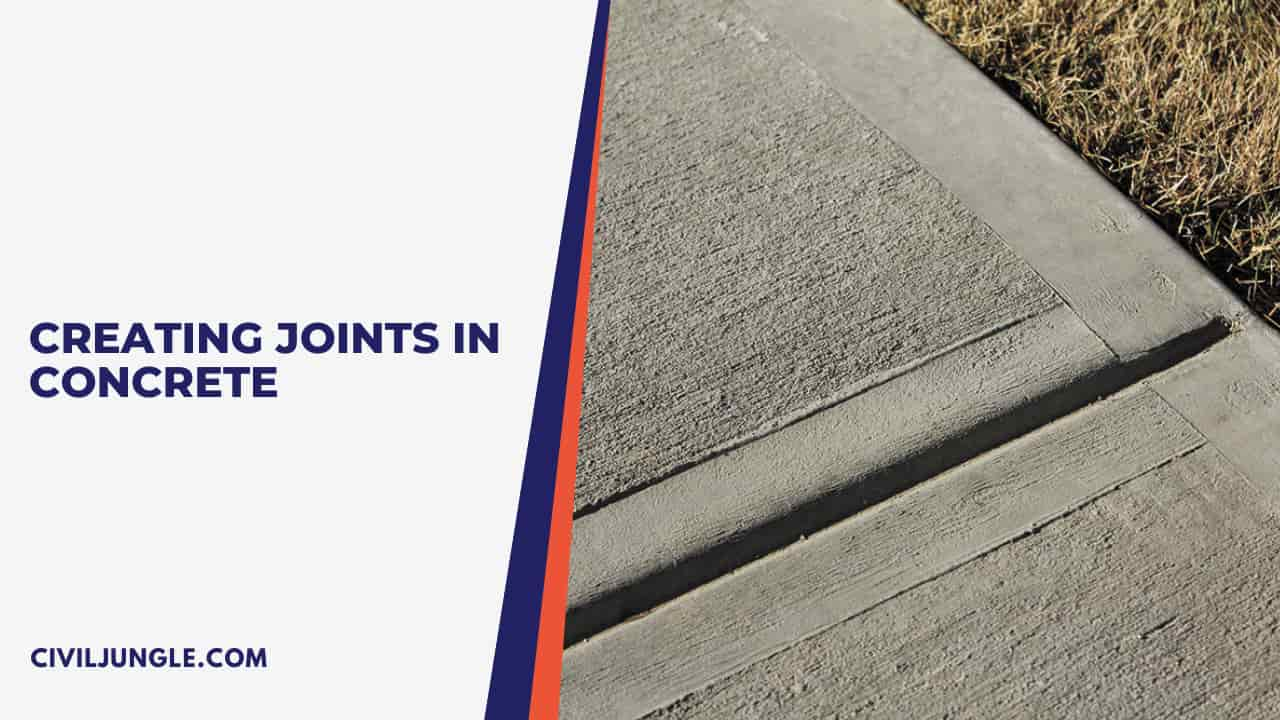
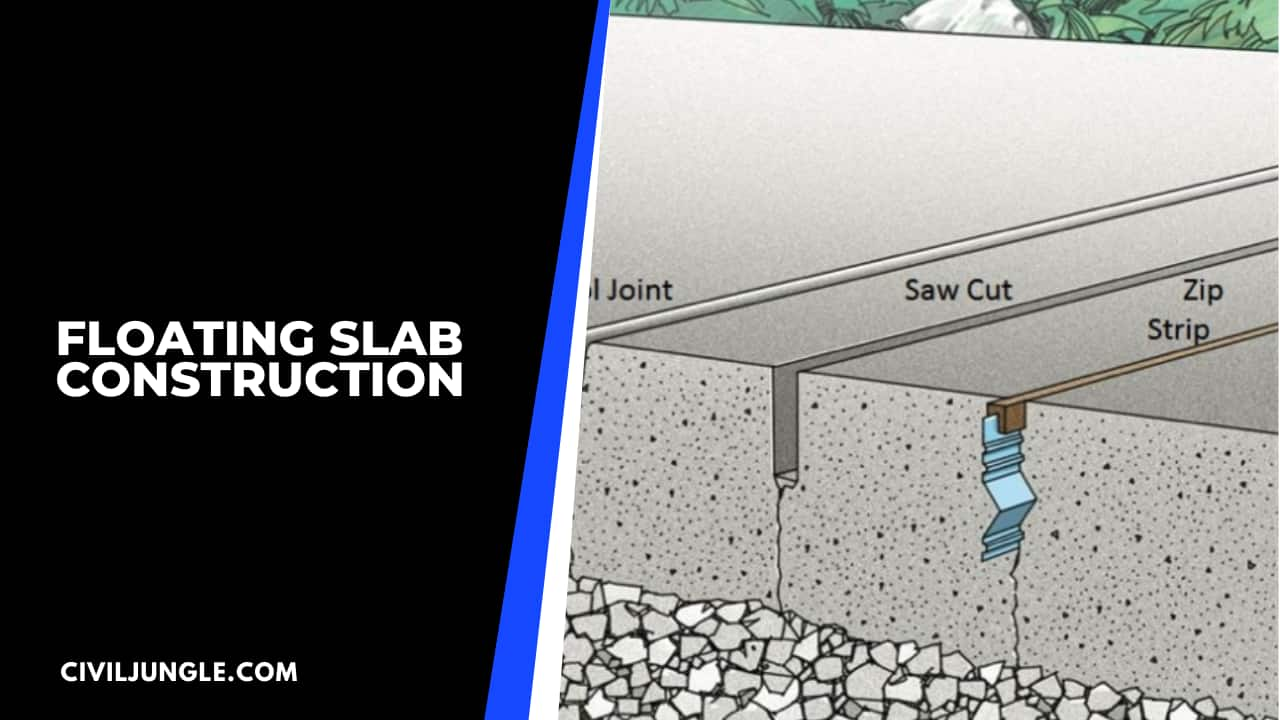
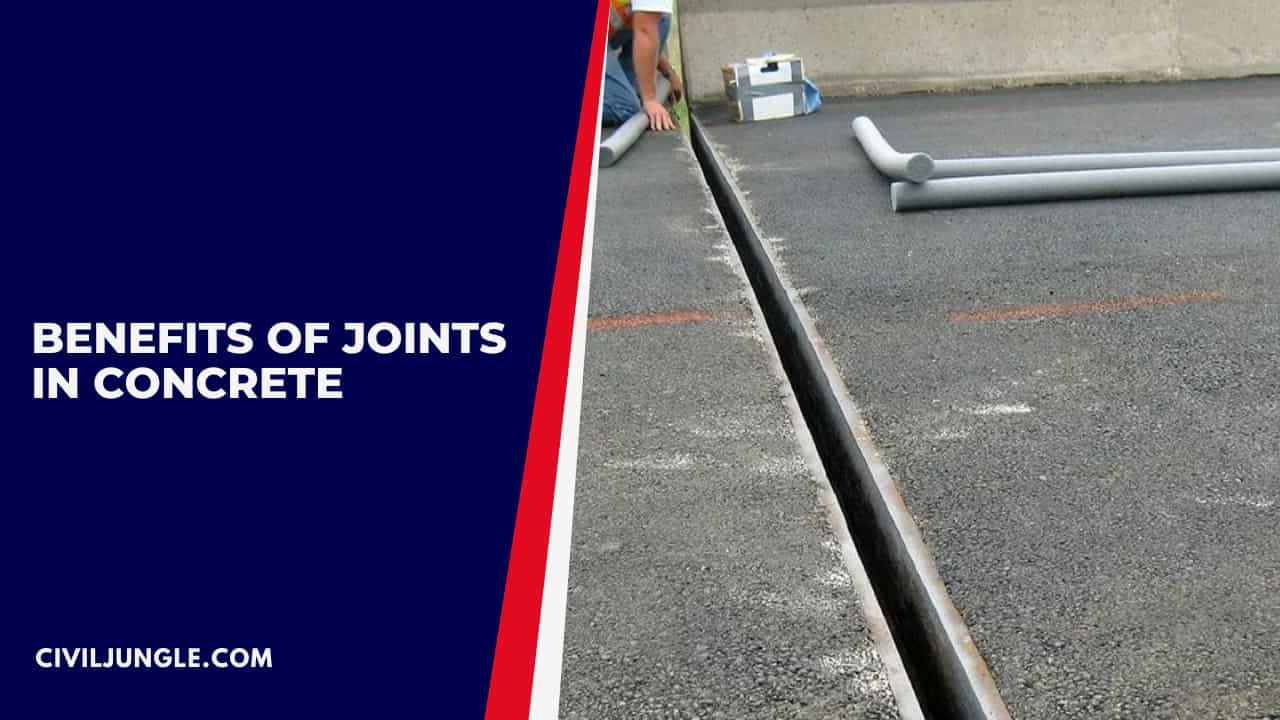
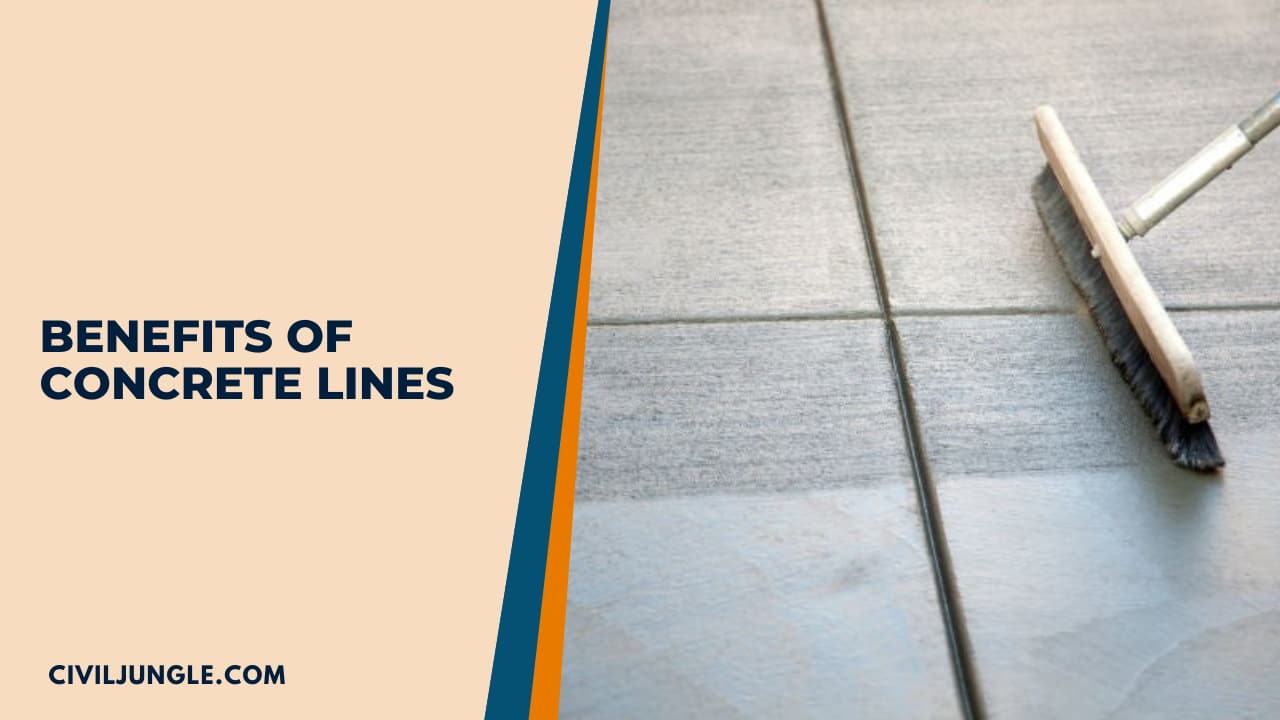
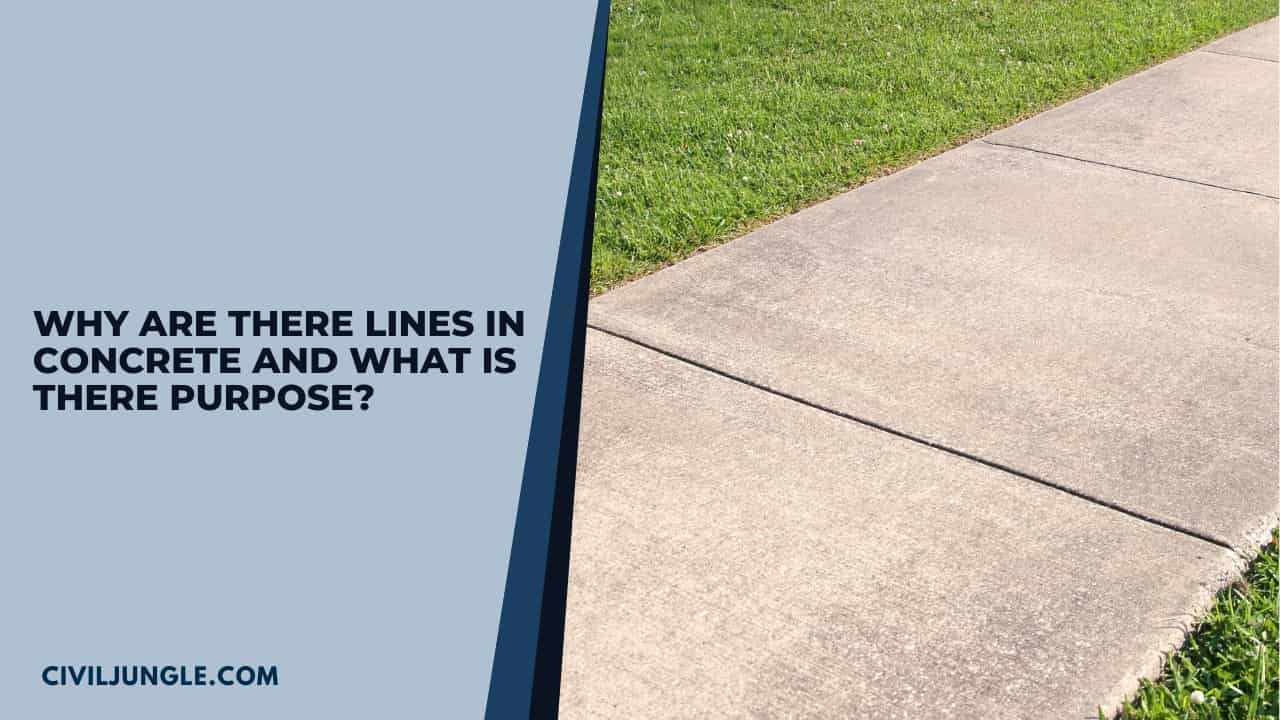

Leave a Reply